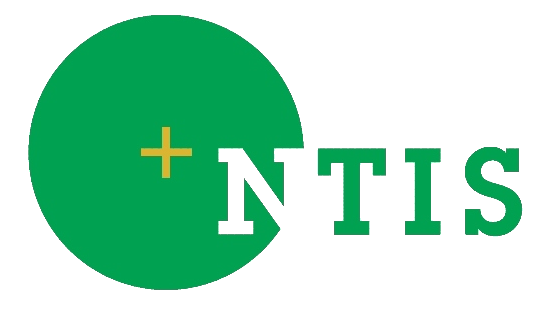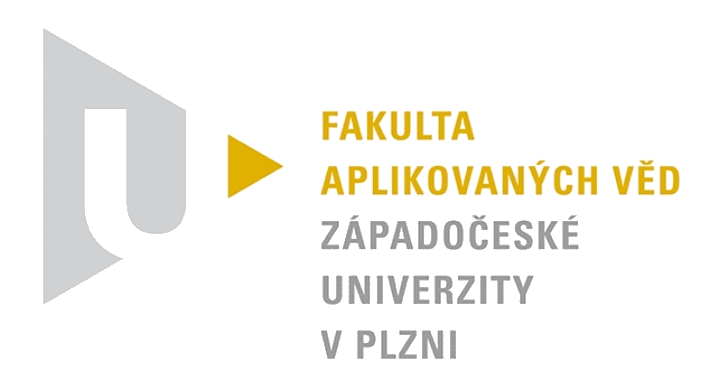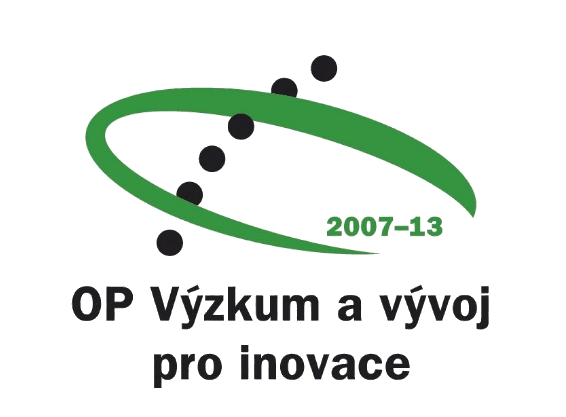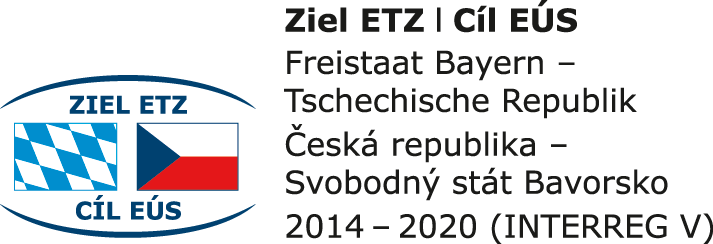
ERP experiment in children with developmental coordination disorder as ause case for extending EEG/ERP domain ontology
Many children have problems with everyday skills; it can be caused by developmental coordination disorder. Some electrophysiological studies suggest differences between children with motor development problems but without diagnostics of coordination disorder. The experimental protocol included a total of 24 children between the ages of 6 to 7 participated on the project. All tested subjects were elicited by three sound stimuli. EEG/ERP activity was recorded using standard tin electrodes placed on a 10-20 EEG cap. The recorded data were further processed and analyzed. To correct deformation of the ERP waveform ICA was applied to averaged data. Data and metadata were stored in the EEG/ERP Portal. The domain ontology was modified based on the experience with design of the experimental protocol described above and the forthcoming experiment modification.







